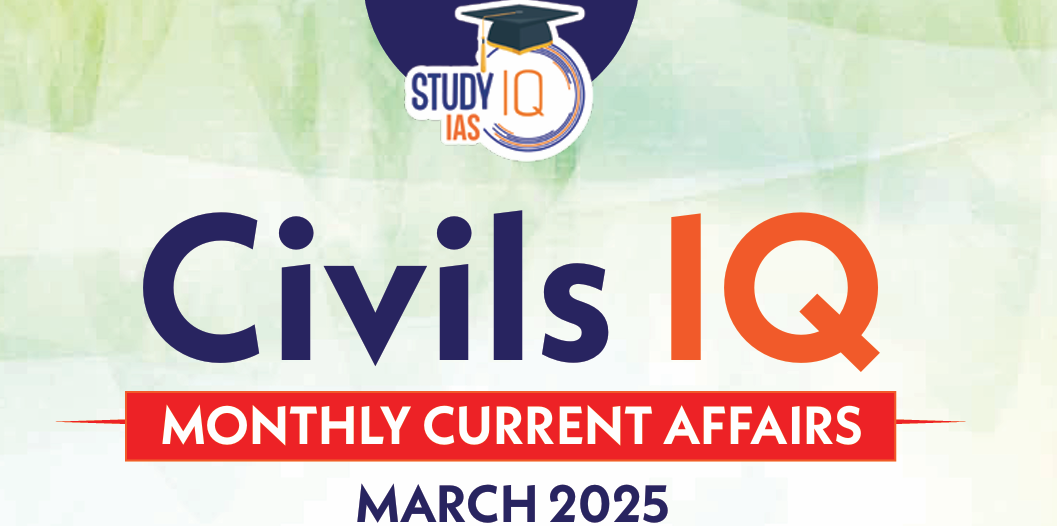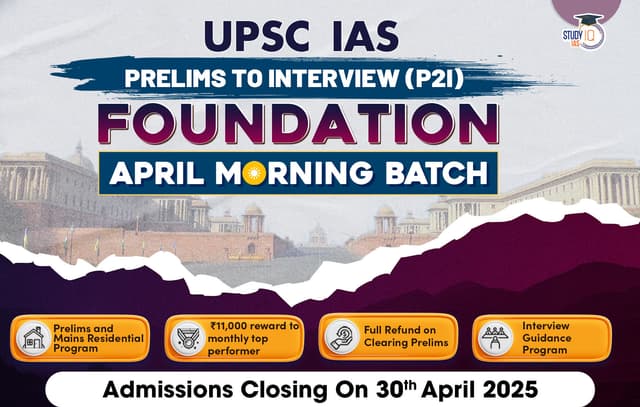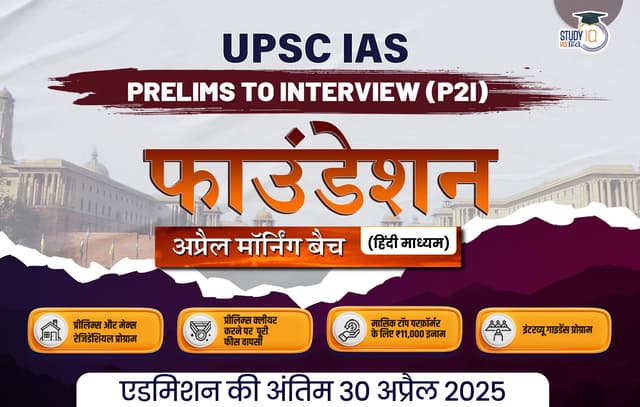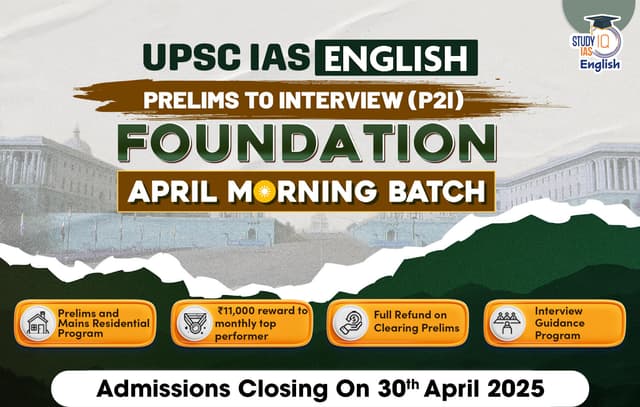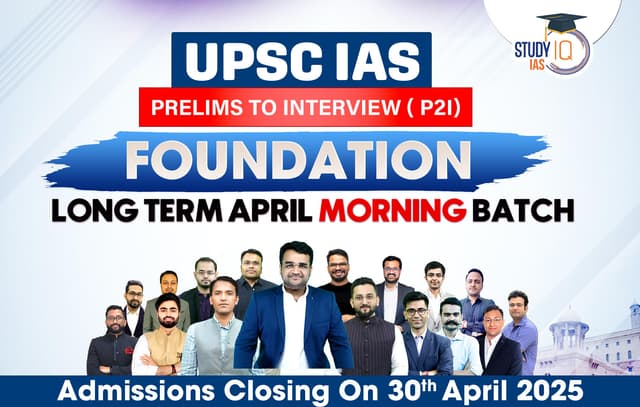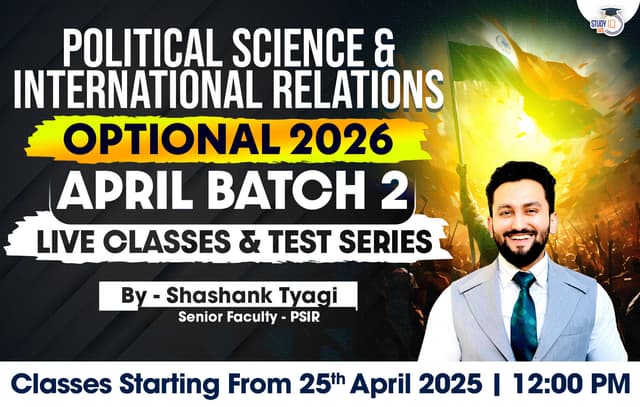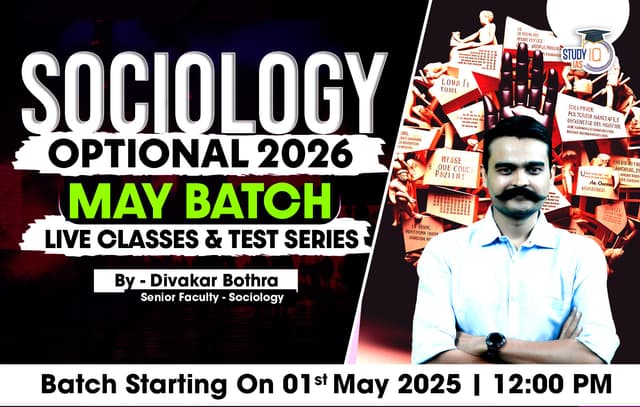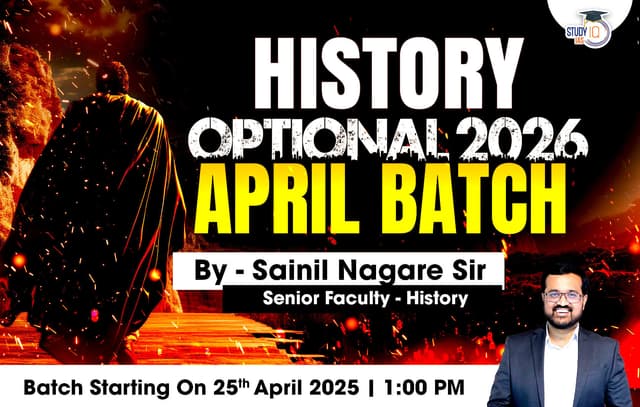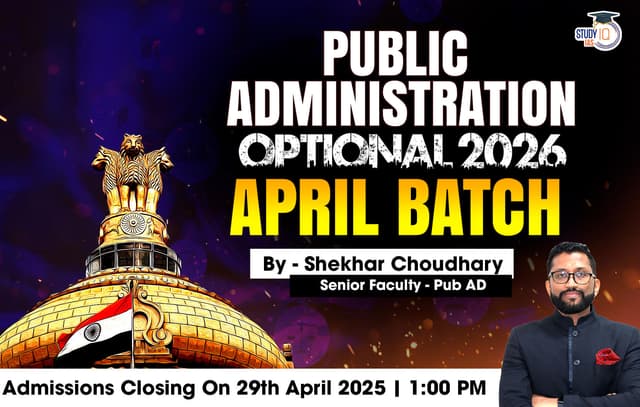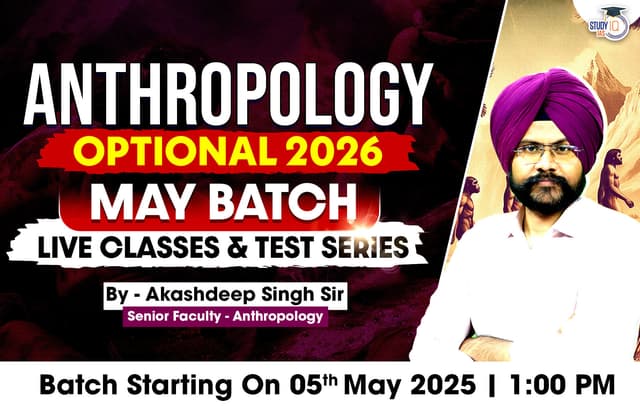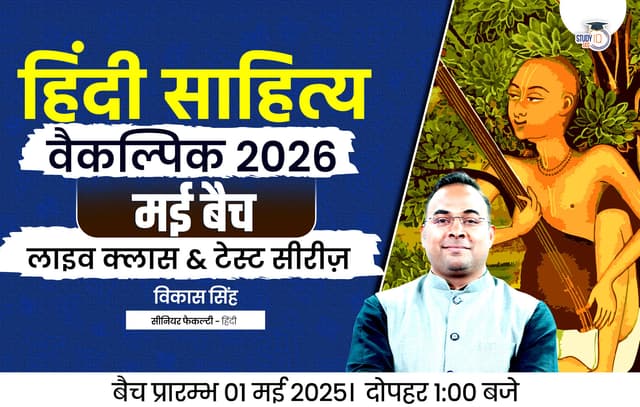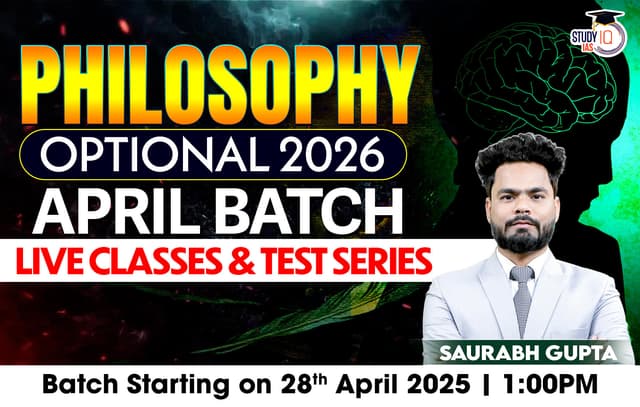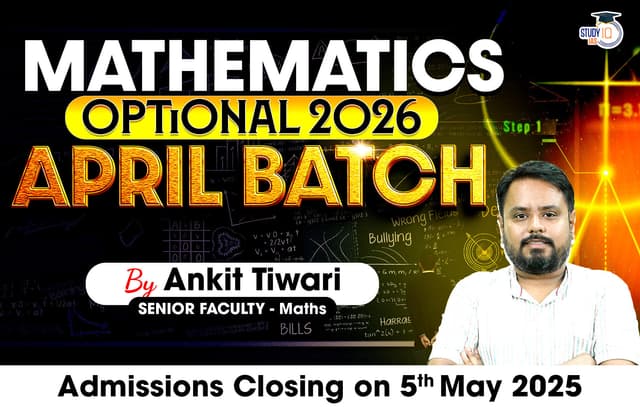Table of Contents
Madrasa Education
- The term ‘madrasa’ simply means ‘school’ in Arabic.
- Historically, madrasas in India were not only religious institutions but also provided secular education, especially in areas where formal schooling was inaccessible.
- Many prominent Indian figures like Raja Ram Mohan Roy, Rajendra Prasad, and Munshi Premchand received their early education from madrasas.
- But in recent times, it has been associated with religious extremism due to propaganda, especially by Western nations.
- In India, madrasas have existed since the time of the Delhi Sultanate, supported by the Khilji and Tughlaq dynasties.
- The Moroccan traveller Ibn Battuta documented that Firoz Shah Tughlaq used madrasas to educate women and slaves in arts and crafts.
| Fact |
| Article 25 of the Indian Constitution guarantees every citizen the right to profess, practice, and propagate their religion. |
Also Read: Right to Freedom of Religion in India
Implications
- Imparting secular values is critical for the unity and diversity of India.
- The NCPCR’s recent actions are seen as fueling religious alienation, especially for minorities, in the context of a growing atmosphere of majoritarianism.
- From Kashmir to Kanyakumari, religious minorities face insecurity, and NCPCR’s actions are viewed as exacerbating these tensions.
- Despite its intention to protect children’s rights, critics argue that the NCPCR has overlooked more pressing issues such as child trafficking and labour exploitation.
- The commission’s focus on madrasas appears misplaced when considering broader child welfare concerns in India.
- The Supreme Court’s stay is seen as a necessary step to ensure that child rights legislation is applied fairly across all educational institutions without discrimination based on religion.

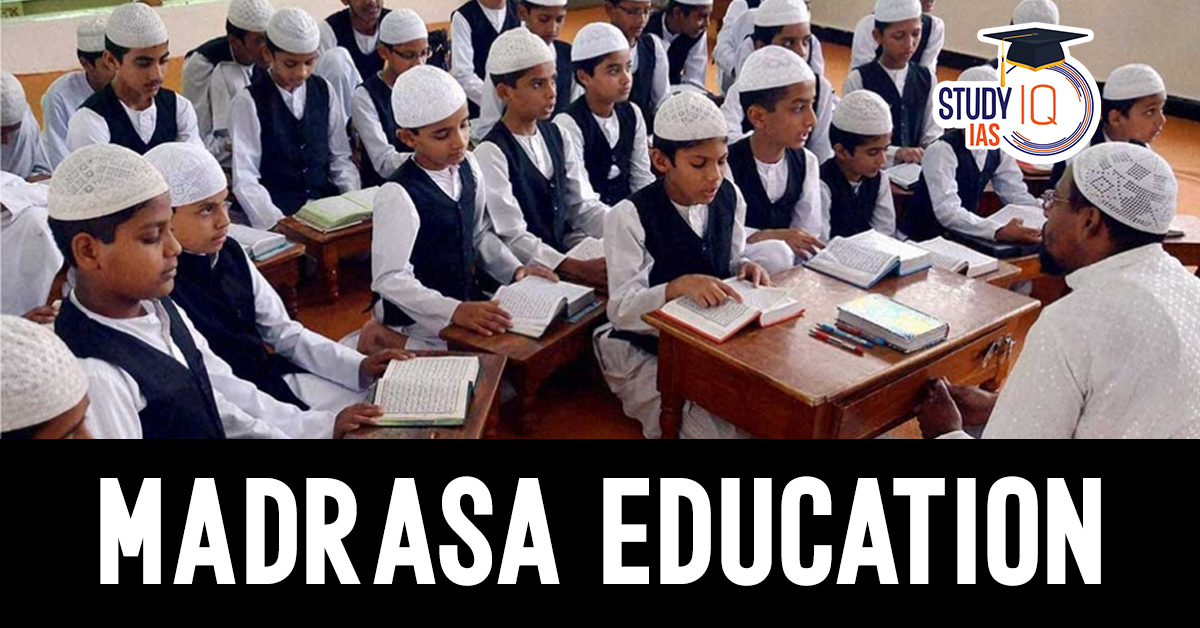
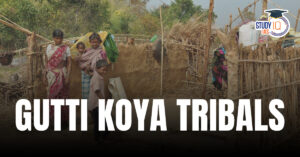 Gutti Koya Tribals in Post-Conflict Indi...
Gutti Koya Tribals in Post-Conflict Indi...
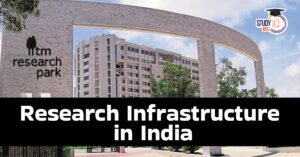 Research Infrastructure in India for its...
Research Infrastructure in India for its...
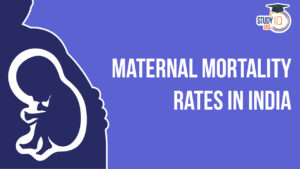 Maternal Mortality Rate in India, State ...
Maternal Mortality Rate in India, State ...
